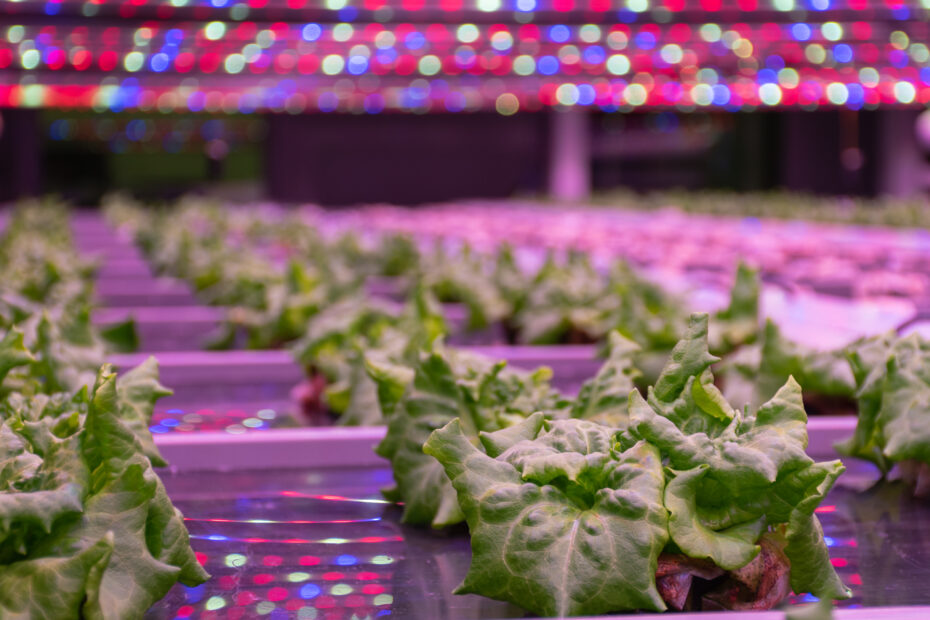Abstract: Vertical farming is on its way to becoming an addition to conventional agricultural practices, improving sustainable food production for the growing world population under increasing climate stress. While the early development of vertical farming systems mainly focused on technological advancement through design innovation, the automation of hydroponic cultivation, and advanced LED lighting systems, more recent studies focus on the resilience and circularity of vertical farming. These sustainability objectives are addressed by investigating water quality and microbial life in a hydroponic cultivation context. Plant growth-promoting rhizobacteria (PGPR) have been shown to improve plant performance and resilience to biotic and abiotic stresses. The application of PGPRs to plant-growing media increases microbial functional diversity, creating opportunities to improve the circularity and resilience of vertical farming systems by reducing our dependency on chemical fertilizers and crop protection products. Here, we give a brief historical overview of vertical farming, review its opportunities and challenges in an economic, environmental, social, and political context, and discuss advances in exploiting the rhizosphere microbiome in hydroponic cultivation systems.Keywords: vertical farming; growing media; rhizosphere; microbiome; plant factory; sustainability; PGPR; plant growth-promoting rhizobacteria; GHG; water use efficiency
Thijs Van Gerrewey 1,2, Nico Boon 2 and Danny Geelen 1,*
1 Horticell Lab, Department of Plants and Crops, Ghent University, Coupure Links 653, B-9000 Gent, Belgium
2 Center for Microbial Ecology and Technology (CMET), Ghent University, Coupure Links 653, B-9000 Gent, Belgium* Correspondence: danny.geelen@ugent.be; Tel.: +32(0)92646076
